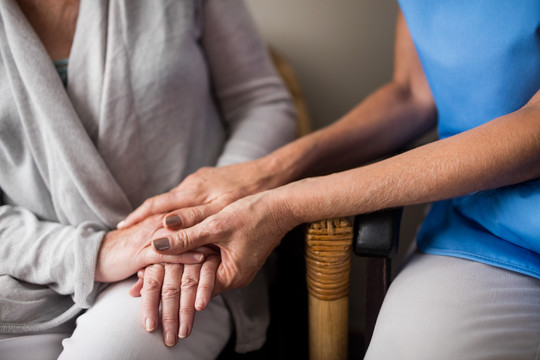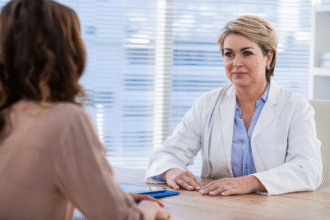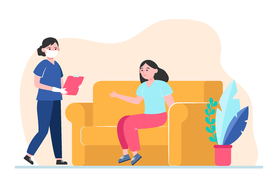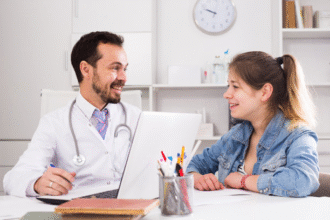Maria’s Journey: From Fatigue to Strength
When 7-year-old Maria started tripping at school and complaining of tiredness, her parents chalked it up to growing pains. But when bruises appeared on her legs and the fatigue worsened, tests revealed acute lymphoblastic leukemia (ALL). After weeks of treatment, Maria is now in remission, playing with her friends and dreaming of becoming a doctor.
What Is Acute Leukemia?
Acute leukemia is a fast-growing cancer of the blood and bone marrow. In healthy bones, the marrow produces mature white blood cells, red cells, and platelets. In acute leukemia, immature cells called “blasts” multiply rapidly, crowding out normal cells and leading to:
- Anemia: low red cells causing fatigue and weakness
- Bleeding or bruising: low platelets make it hard to stop bleeding
- Infections: low healthy white cells reduce immunity
Two main types:
- ALL (Acute Lymphoblastic Leukemia): most common in children, affects lymphoid cells.
- AML (Acute Myeloid Leukemia): more common in adults, affects myeloid cells.
Recognizing the Signs and Symptoms
Watch for:
- Persistent tiredness or pale skin (anemia)
- Easy bruising or bleeding, like nosebleeds and gum bleeds
- Frequent infections or fevers that won’t go away
- Bone or joint pain, especially in arms or legs
- Swollen lymph nodes, liver, or spleen under the ribs
Early detection leads to better outcomes, so see a doctor if symptoms persist.
How Is Leukemia Diagnosed?
- Complete Blood Count (CBC): measures levels of red cells, white cells, and platelets.
- Blood Smear: a lab looks for abnormal blasts under a microscope.
- Bone Marrow Biopsy: a small sample from the hip bone confirms leukemia type.
- Genetic Tests: identify mutations to guide targeted therapies.
Treatment Overview
While the word “chemotherapy” can sound intimidating, modern leukemia treatments are highly effective:
- Induction Therapy: high-dose chemo to achieve remission (no detectable leukemia cells).
- Consolidation Therapy: additional chemo or stem cell transplant to prevent relapse.
- Maintenance Therapy (ALL): lower-dose chemo over months or years to keep cancer away.
Supportive care is crucial:
- Blood transfusions restore healthy cells.
- Infection prevention: antibiotics and hospital stays when counts are low.
- Nutrition and counseling: help patients regain strength and cope emotionally.
Living with Acute Leukemia
- Stay informed: ask your care team about your specific subtype and treatment plan.
- Build a support network: lean on family, friends, and patient groups.
- Focus on self-care: nutritious diet, mild exercise when able, and rest are key.
- Prepare for side effects: nausea, hair loss, and mood changes can happen—but many are temporary.
Frequently Asked Questions
Q: Is acute leukemia contagious?
A: No. Leukemia is not infectious; it cannot spread person-to-person.
Q: Can children fully recover?
A: Yes. Cure rates for childhood ALL exceed 90% with modern treatments.
Q: What causes leukemia?
A: Most cases have no known cause. Genetics, prior radiation, or chemicals like benzene may increase risk.
Resources and Support
- Leukemia & Lymphoma Society: https://www.lls.org
- American Cancer Society: https://www.cancer.org
- National Cancer Institute: https://www.cancer.gov
If you or a loved one is facing leukemia, know that you’re not alone—stay connected and reach out for help.






